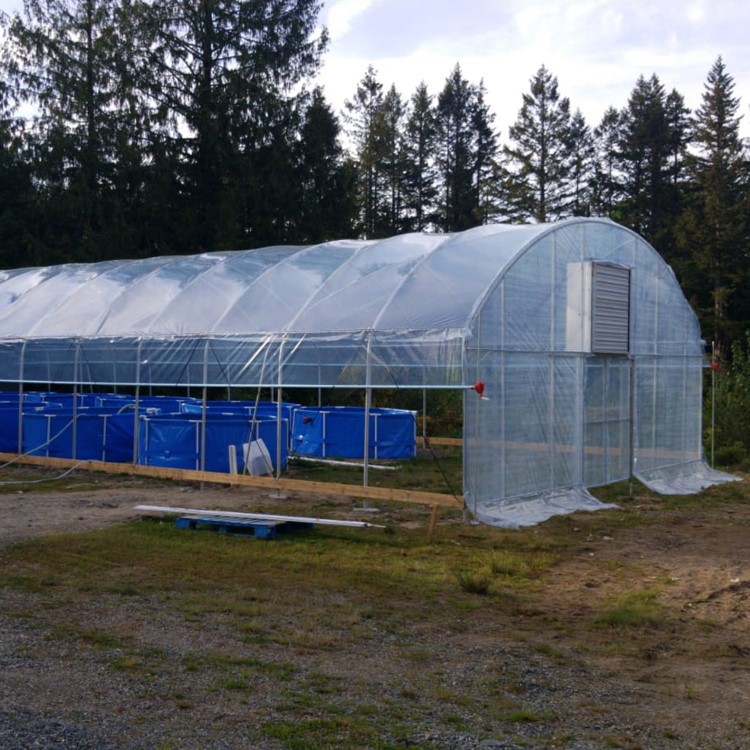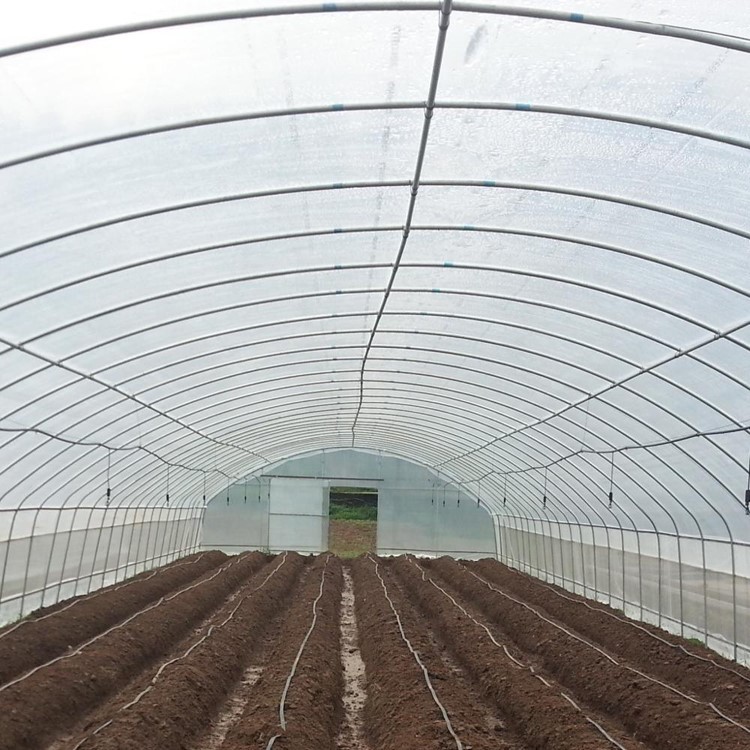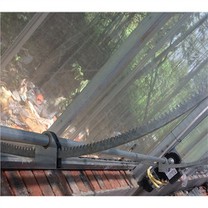What vegetables are good to grow in greenhouses in winter
◆What kind of vegetables are suitable for growing
- In general, greenhouse vegetables in winter mainly include leafy vegetables, which are not only cold resistant, but also good in price. Such as spinach, rape, chrysanthemum chicken, coriander, cabbage and so on. There are also some off-season and easy-to-store dishes such as tomatoes, eggplants, beans, zucchini, and green peppers.
◆Planting technology
1. Insulation
Prevent vegetables from freezing. If the temperature in the shed continues to drop, artificial heating is required. The tolerance of vegetables to low temperature enables crops to grow and develop normally in winter and early spring, including normal stem and leaf growth, flower bud differentiation, flowering and fruit setting and fruit development; in winter and spring, suitable cultivation in greenhouses can adapt to low temperature. Strong vegetable variety and variety.
2. Lighting
Keep the shed film clean and increase the amount of light transmission. By removing the cover at the right time and making full use of the scattered light of the cloudy day, the plants can carry out photosynthesis. The southern winter has more rain and insufficient light, and with the addition of multiple layers of mulch, the crops can receive less light. Therefore, considering the light intensity, vegetables suitable for greenhouse cultivation should be more resistant to weak light, and the light saturation point and compensation point should be lower.
3. Humidity control
In particular, when the cultivation is closed and insulated under low temperature conditions, the humidity in the shed is relatively high, and the relative air humidity is generally above 90%. Under such high humidity conditions, most vegetables grow poorly, and provide opportunities for the occurrence and spread of various diseases. favorable conditions. Greenhouse vegetables must strictly control the number of watering from beginning to end, especially in the daytime, generally do not water to prevent root damage. If the humidity in the shed is too high, it is necessary to ventilate and dehumidify in time.
4. Scientific fertilizer
(1) Increase the application of potassium fertilizer. The application of potassium fertilizer can not only increase the yield of vegetables, but also reduce the accumulation of nitrate in vegetables and improve the quality of vegetables.
(2) Control the amount of nitrogen fertilizer. It should be determined according to the amount of fertilizer required by different vegetables. Generally, 10 to 12 kg of pure nitrogen per mu is appropriate, but not too much. In the application of nitrogen fertilizer, it should be applied deeply and combined with phosphorus and potassium fertilizer. After application, cover soil in time to separate it from the air to reduce volatilization loss. Deep application of basal fertilizer, bottom application of seed fertilizer, furrow application of top dressing or hole application can significantly improve nitrogen fertilizer efficiency.
(3) Carbon dioxide fertilization. Carbon dioxide is the raw material for plant photosynthesis. When the carbon dioxide in the greenhouse is seriously insufficient, it will affect the phototable efficiency of vegetables. For example, carbon dioxide fertilization can promote early maturity, yield and improve quality.
For the prevention and control of vegetable diseases and insect pests in greenhouses, attention should be paid to the selection of symptomatic, effective and low-residue pesticides. The amount of ash should be sprayed by the smoke method or the dust method. If the spray method is used, the frequency of control should be minimized to reduce the humidity in the greenhouse.








